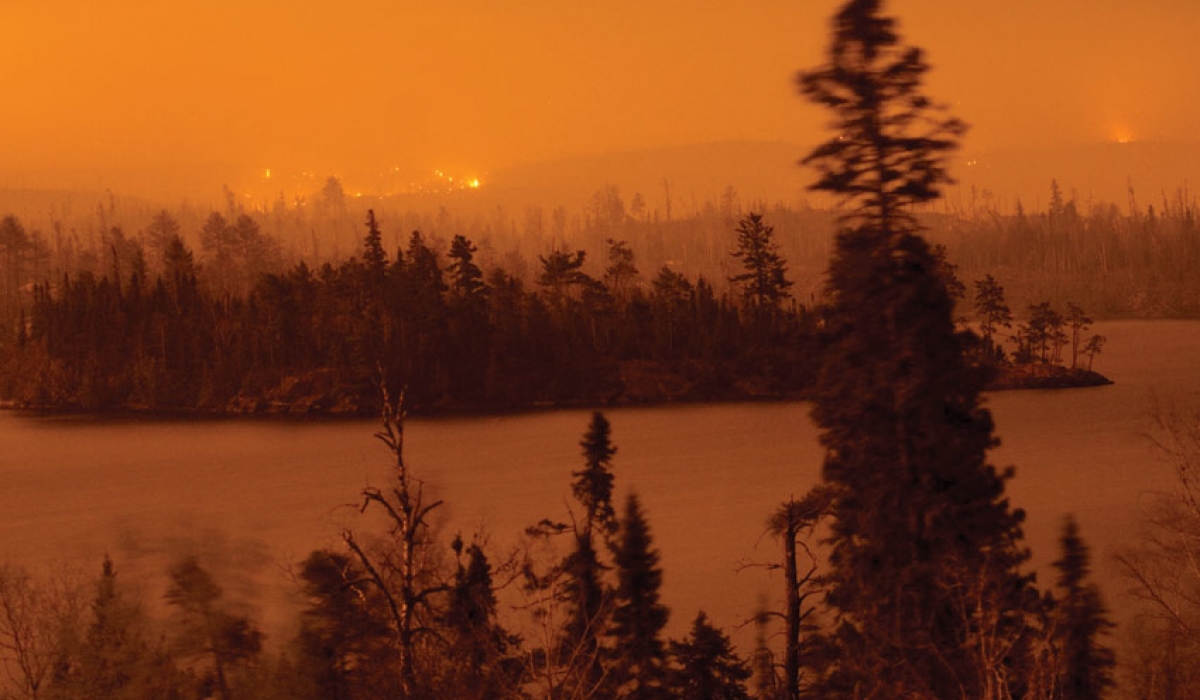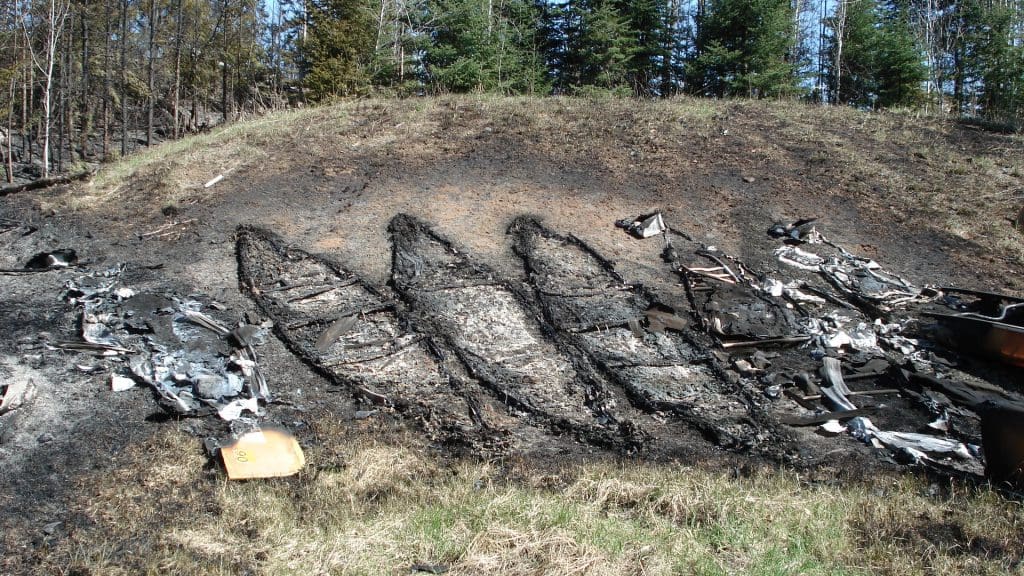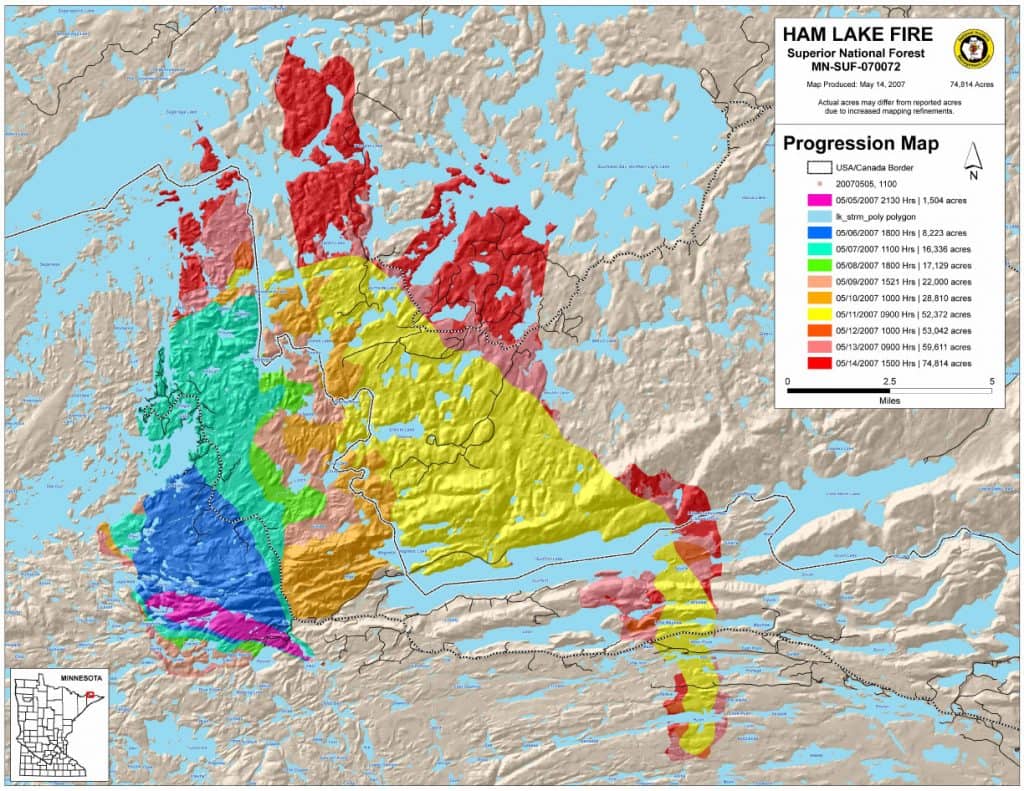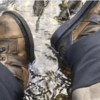Ten Years After the Ham Lake Fire: A Forest Regenerates

The Ham Lake Fire 2007, Photo by Layne Kennedy
By Alissa Johnson, via Quetico Superior Wilderness News
Ten years ago last May, an out of control campfire off the Gunflint Trail grew into a wildfire that burned 75,851 acres, a little less than half in Minnesota and the rest in Canada. On the U.S. side of the border, portions of the Boundary Waters Canoe Area Wilderness (BWCAW) and Superior National Forest burned, and on private lands, more than 140 structures were lost. The Gunflint Trail was evacuated, and images of the devastation were arresting: satellite imagery of smoke drifting across canoe country, and acres of charred, black trees. But what about today? Ten years later, the forest is at a turning point. While it is a far cry from what it once was, it is beginning to look and feel like a forest.

Ash outlines of canoes after the Ham Lake Fire. Photo courtesy of WTIP, North Shore Community Radio in Grand Marais.
A Stark Contrast
The difference between what the forest looks like now and what it looked like after the fire is striking. Michael Valentini, a property owner on the Gunflint Trail, remembers what it was like to return to his property after the fire. While two and a half acres had been spared thanks to a sprinkler system, he said that “at the road to the property, everything was burned and black.”
At the time, it was probably hard to imagine the forest regenerating and green returning to the landscape. And yet it has. Nancy Seaton, who owns Hungry Jack Outfitters with her husband, David, reflected on how much burned areas along the Gunflint Trail have transformed.
“Burned trunks remain,” she said. “But all the branches from the burned trees have fallen and we have green trees that are 20 feet tall… It’s so green that it has a look of promise as opposed to devastation.” While neither Valentini or Seaton would go so far as to say that you can’t tell a fire happened, they both agreed the forest is coming back.
“If you come in summertime, you most likely won’t notice much,” Valentini said. “What you will see is that so much understory has regrown over the years, and a lot of poplar and jack pine and balsams have sprouted up.”

Ham Lake Fire Progression Map, courtesy USDA Forest Service, Superior National Forest
















